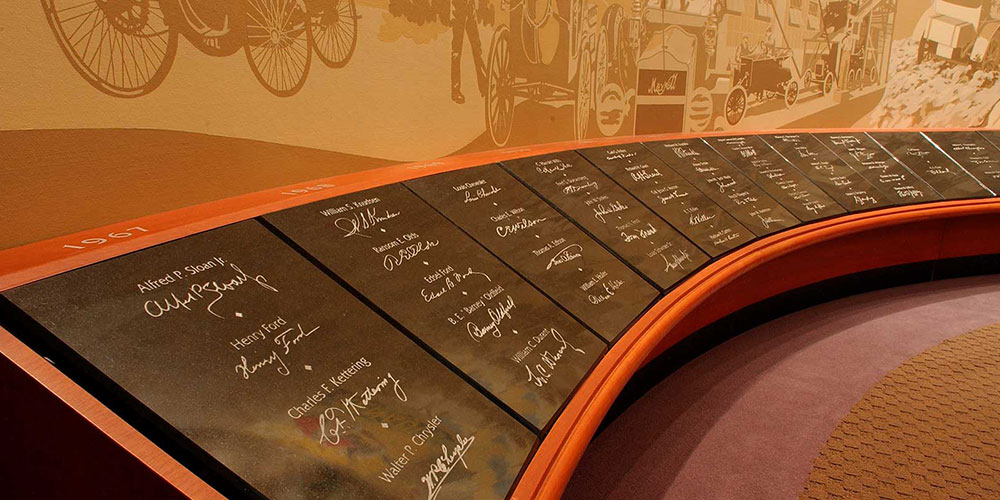By Robert Tate, Automotive Historian and Researcher
Images courtesy of the National Automotive History Collection
Posted: 12.10.2017
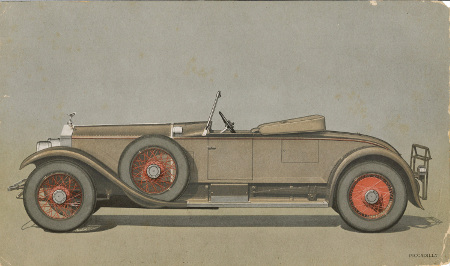 Rolls-Royce coach work design from the 1920s
Rolls-Royce coach work design from the 1920s
The Rolls-Royce nameplate is a distinguished and honorable chapter from our automotive heritage history book that represents elegantly styled cars and precise engineering.
This story is about the prestige and excellence of Rolls-Royce which is evident even from its inception in the early 20th century. A series of beautiful Rolls-Royce automotive prints from the 1920s are also part of this story. During that time period, Rolls-Royce offered motorists a series of custom-made bodies. The vehicles featured great design work and most customers greatly appreciated their style.
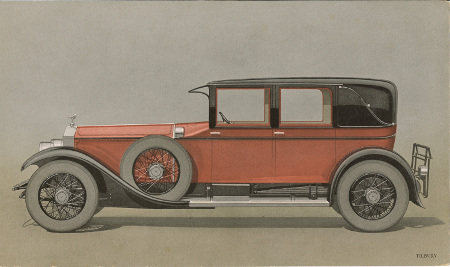 Rolls-Royce coach work design from the 1920s
Rolls-Royce coach work design from the 1920s
Created by the Le Baron Studios in New York City, designers produced great works of art depicting Rolls-Royce auto bodies such as the Piccadilly Roadster, a two-seater convertible. This model offered side curtains and a rumble seat which were both innovative features at the time.
The Rolls-Royce Tilbury sedan was one of 138 models manufactured for the American Silver Ghost chassis. The automobile was beautifully finished and has been admired throughout history for its style and striking color scheme.
The Pickwick Rolls-Royce was a great looking limousine that offered a sleekly designed custom Coachwork chassis that did very well in the luxury consumer market. Other great models in this series included the Sudbury along with the May Fair and Salamanca models.
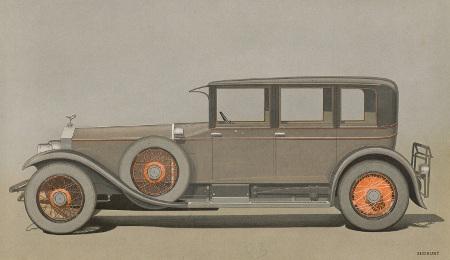 Rolls-Royce coach work design from the 1920s
Rolls-Royce coach work design from the 1920s
One model not shown here but was, and still is, very popular within the Rolls-Royce legacy of high-end automobiles is the Silver Ghost. The Silver Ghost models were introduced in late 1906. They were unveiled to the automotive community at the London Motor Show with great reviews and were immediately admired by many automotive consumers. This new model was destined to make a more profound impression on the motoring world than any other car in history. The Rolls-Royce automobile models have always reflected a symbol of good taste and customer satisfaction.
In 1919, Rolls-Royce of America, Inc. opened a new location and manufacturing facility in Springfield, Mass. Some Rolls-Royce models were manufactured in Springfield at the Coachwork division.
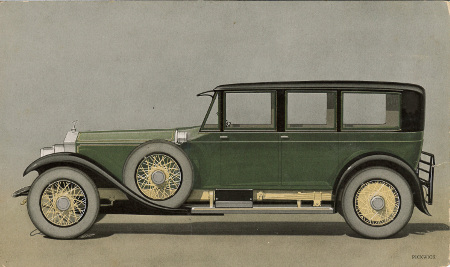 Rolls-Royce coach work design from the 1920s
Rolls-Royce coach work design from the 1920s
At the time, Rolls Royce had manufactured complete chassis in this country along with a range of standard bodies. A number of coachbuilders under the name “Rolls-Royce Custom Coach work” supplied the bodies. In 1925, Rolls-Royce of America purchased Brewster & Company, and after the deal was finalized approximately 425-430 American Rolls-Royce automobiles were manufactured with Brewster bodies. The American Rolls-Royce bodies were manufactured at the Brewster's Long Island plant.
The very name, Rolls-Royce, has been a synonym for superlative excellence almost from its first introduction to the public. Although it has always been associated with wealth and high society, Rolls-Royce was not designed nor have its makers ever exploited it as an expensive motor car for the buying public. The one dominating idea and purpose in Rolls-Royce history, was to make Rolls-Royce the best car in the world.
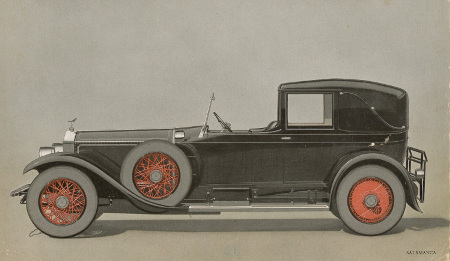 Rolls-Royce coach work design from the 1920s
Rolls-Royce coach work design from the 1920s
The famed auto company was founded by the Hon. Charles Stewart Rolls and Sir Frederick Henry Royce. The first vehicle that drove off the Rolls-Royce line and into the history books was a 10 h.p. Royce car driven by Royce himself on April 1, 1904. Later, the second Royce vehicle became the property of A. E. Claremont, Royce's partner in the F. H. Royce & Co. The third Royce car was owned and operated by the late Henry Edmund's of Glovers, England. On a historical note, it was Mr. Edmunds who was the first person to arrange for Royce and the Hon. C.S. Rolls to meet. After the meeting had taken place, Rolls had agreed to sell all that Royce could produce and manufacture to create their combined historic chapter in automotive history.
The 10 h. p automobile had remained in production under the name of Rolls-Royce. The model was designed with a distinctively shaped radiator called the Flying Lady, which was manufactured by hand in stainless, steel and was unchanged since 1904-1971.
In conclusion, automotive historians have said that the name Rolls-Royce stands for “All that is best and most luxurious in motor car construction.”
For further information on photos please visit http://www.detroitpubliclibrary.org/ or email This email address is being protected from spambots. You need JavaScript enabled to view it.. Please do not republish the story and/or photographs without permission of MotorCities National Heritage Area.
Bibliography:
Bennett Martin “Rolls-Royce the history of the car” ARCO publishing company, Inc. New York 1974.
Lamm Michael & Holls Dave. “A Century of Automotive Style 100 years of American car design” 1996.


